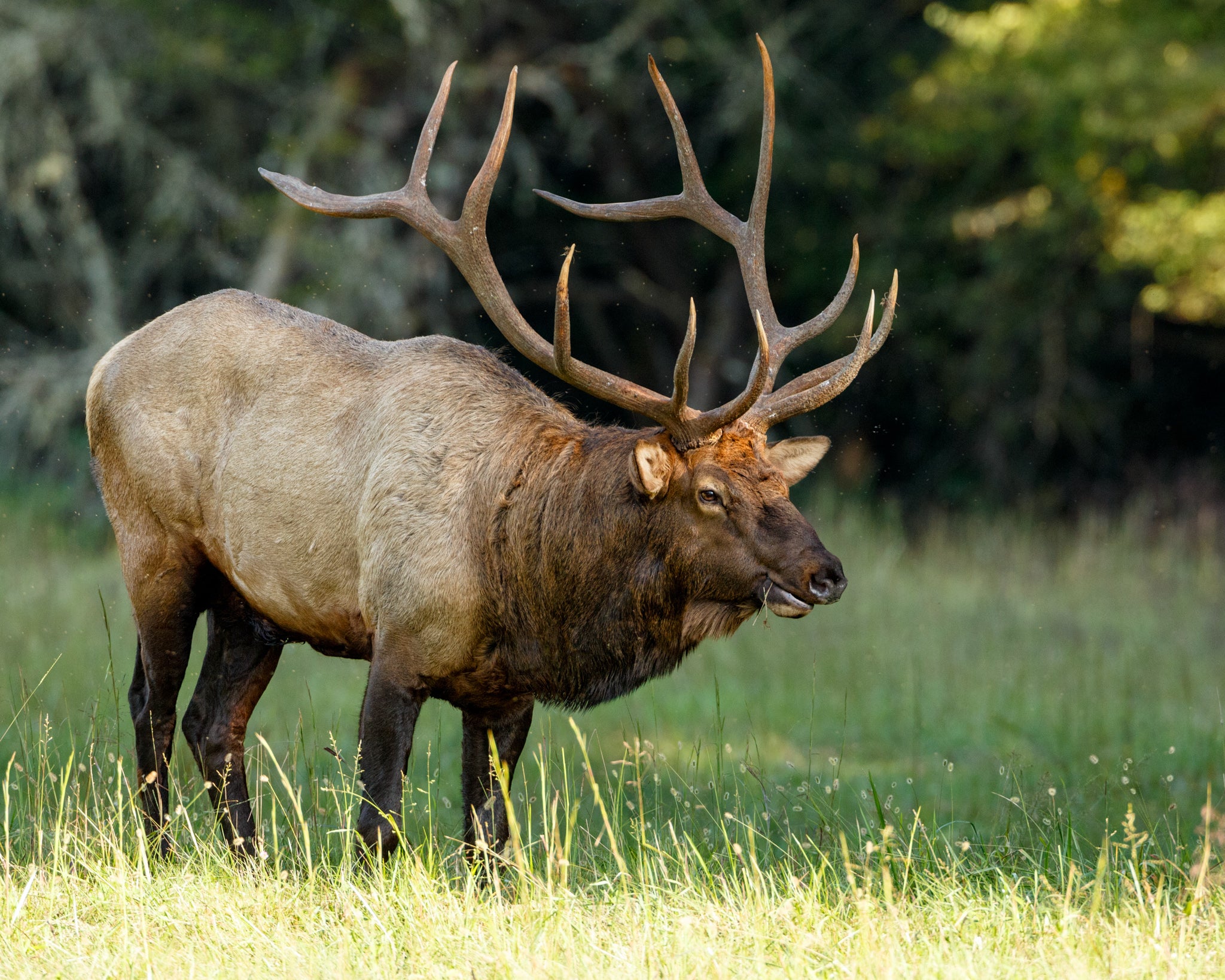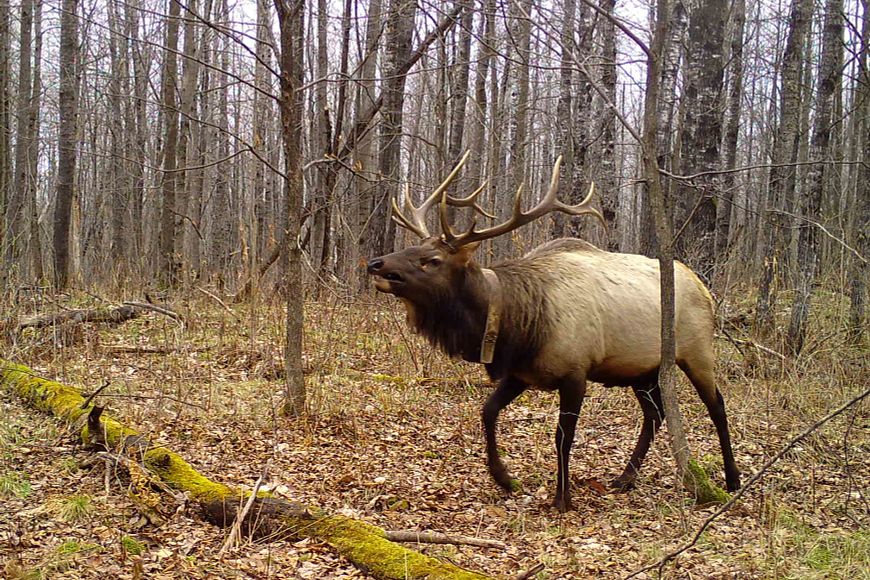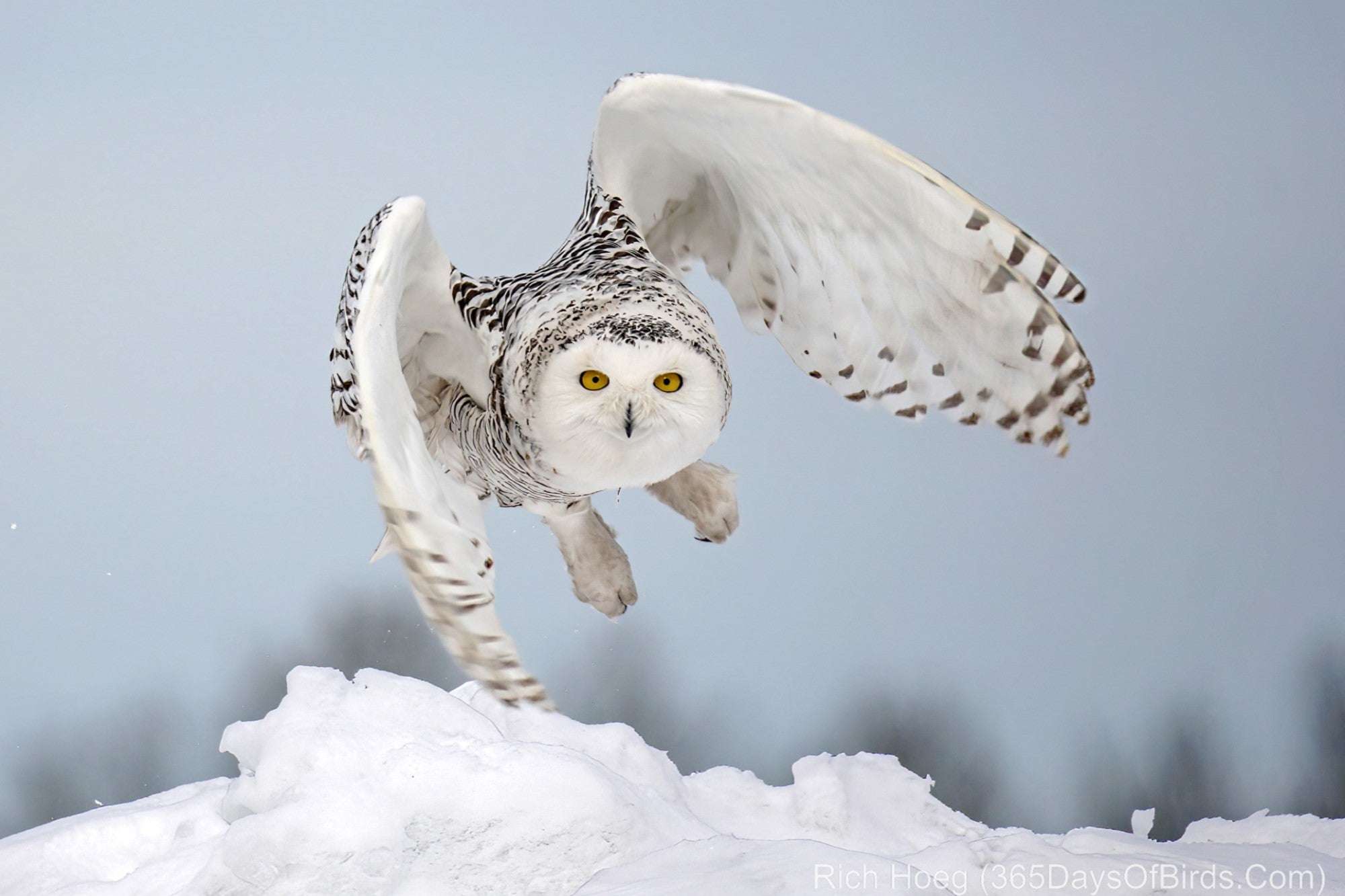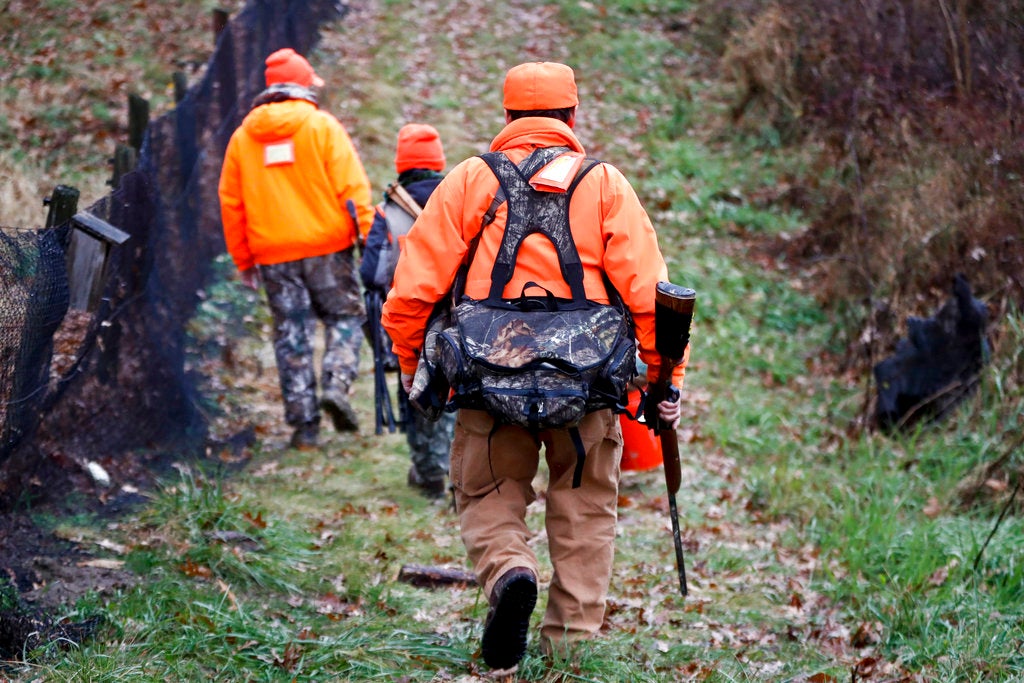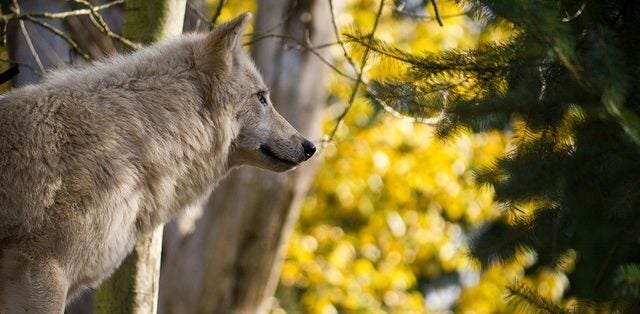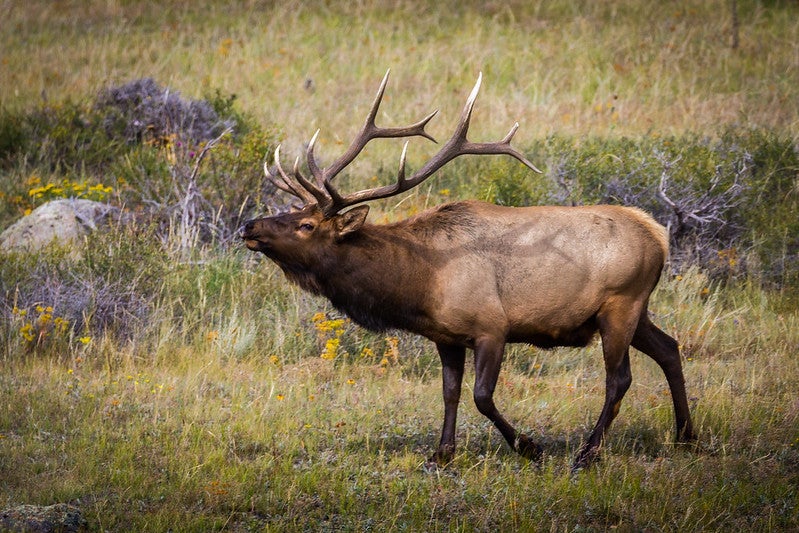It’s the peak season to get a glimpse of the rare but growing elk herd in the Chequamegon-Nicolet National Forest.
It’s elk breeding season in September and October, and bull elk are known for their bugling call to attract females. It’s the best time to have a chance to see the animals in northern and central Wisconsin, where they were reintroduced after being hunted to extinction at the end of the 19th Century.
According to the Chequamegon-Nicolet National Forest Service, more tourists are coming to try to spot the elk during the season. The forest service is warning as more and more people come out each fall to watch elk in northern and central Wisconsin, there is a greater danger of conflict on the roads with one of the largest species within the deer family.
News with a little more humanity
WPR’s “Wisconsin Today” newsletter keeps you connected to the state you love without feeling overwhelmed. No paywall. No agenda. No corporate filter.
In the Black River Elk Range in central Wisconsin, the leading cause of death for elk is vehicle crashes, according to the Department of Natural Resources. Twenty-two elk died after getting hit by a car between 2015 and 2022.
In the Clam Lake Elk Range in northern Wisconsin, 48 elk have died in vehicle collisions between 1995 and 2022.
Josh Spiegel, the northern herd biologist with the DNR, said elk are not like smaller deer — a common misconception.
“A lot of our motorists drive towards that elk and think, ‘Oh, it’s gonna move out of the way, and they don’t,” Spiegel said. “They’re very lethargic in a sense. They don’t get excited.”
Spiegel said both elk and spectators are safer away from the highways. He said people should drive slowly, avoid blocking the road and wear bright colors if they are going to watch elk from shoulders and pullouts.
“We want to try to protect as many of them — and us — as possible,” Spiegel said.
Spiegel said elk spotters should travel in pairs or groups. He said one person should focus on driving while the other person looks for elk.
“Someone might see one off in the distance. You can safely pull over and get a view of that animal in a good, safe location,” Spiegel said.
In the mid 2000s, the state installed a blinking light system to protect elk and drivers. When the animal was a quarter of a mile from the highway, lighted signs would flash a warning for drivers that the elk would soon cross the road. But what was meant to stop crashes had the opposite effect.
“We ended up with cars stacked up on the side of the road, hoping to gather a glimpse of elk and other vehicles, logging trucks, semis, etc., passing them,” Spiegel said.
The program was discontinued.
Elk disappeared from Wisconsin at the turn of the 19th century and were reintroduced in 1995. Elk from Michigan and Kentucky plus their offspring make up the 515 elk that are in Wisconsin today.
Money from the Ho-Chunk Nation, the Great Lakes Indian Fish & Wildlife Commission and the Rocky Mountain Elk Foundation helped bring the animals back to the state.
The hope is to slowly grow the population. Christina Kizewski, wildlife biologist in Jackson County with the DNR, said greater numbers will help the species thrive in Wisconsin.
“It’s important to keep a robust population in both herds, the northern zone and the central zone, to increase that genetic gene flow,” Kizewski said.
Elk need appropriate habitat to thrive. Spiegel said open space, groves of trees and plenty of acorns to snack on are the recipe for success.
“We wholeheartedly support people getting out and viewing (and) lightly interacting with the elk,” Spiegel said.
Spiegel said he isn’t worried about tourists disturbing the elk’s habitat. He said elk and the people who come to watch them are independent of each other. As long as people don’t harass the elk or get too close, the elk aren’t bothered by their presence.
“They know that they’re the biggest thing on the landscape, so they just kind of meander around and do their thing,” Spiegel said.
The forest service also reminded viewers to not over-call the elk and to be courteous of other observers taking photos and videos.
There is a 1 in 515 chance tourists will be able to see an elk. Kizewski said that’s what makes it so special.
“It’s the rare chance to see an elk and especially adding on the vocalization and being able to hear it, you’re kind of getting two sensory simulations here at the same time,” she said.
Editor’s note: This story has been updated. Elk were reintroduced in Wisconsin in 1995. While the DNR warns motorists to be watchful during the fall breeding season, winter is the peak time for collisions with elk in the Central Elk Management Zone.
Wisconsin Public Radio, © Copyright 2026, Board of Regents of the University of Wisconsin System and Wisconsin Educational Communications Board.
